Reordering the digital library
What do 21st century algorithms make out of 19th century collections?
2018-01-28
Outline
- Creating Data.
- What is the digital library archive?
- Rethinking classifications.
Who’s here?
- Humanities
- Library Science
- Statistics/Data/Methodological
Creating Data
Climate metadata, 1789-c.1860

icoads.noaa.gov
Whaling Logbooks
Whaling Logbooks
1848 6 1 3723 29038 02 4 10ISABE*_N 1 5
165 20779701 69 5 0 1 FFFFFF77AAAAAAAAAAAA 99 0 790044118480601
3714N 6937W NW 51 NW 57 NW
51 201A.STEWART NEW BEDFORD WHALING V
OYAGE 2620 199Digitization is a multi-step process.
- Filtering
- Abstraction
- Representation (Visualization, Tabulation)
Matthew Maury

Confederate Navy Engraving 1862, from http://www.history.navy.mil/library/online/maury_mat_bene.htm
Abstract Logbooks

Deck 701, US Maury Collection (1789-c.1865)
Deck 701, US Maury Collection (1789-c.1865)
Classification
Classification
The expansion of whaling
The expansion of whaling
Deck 701
Deck 701
Deck 892, US shipping 1980-1997
Deck 892, US shipping 1980-1997
Logbook Digitization in the 1920s
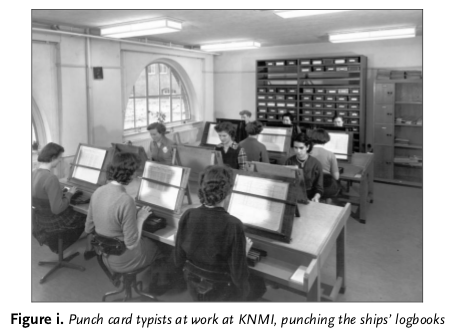
Wallbrink, H. and F.B. Koek, Data Acquisition And Keypunching Codes For Marine Meteorological Observations At The Royal Netherlands Meteorological Institute, 1854–1968
Digitized logbooks, c. 1930

Wallbrink and Koek
ICOADS Deck 720, German weather data, 1876-1914
ICOADS Deck 720, German weather data, 1876-1914
ICOADS Deck 735, Soviet Research Vessels
ICOADS Deck 735, Soviet Research Vessels
Closeup of Deck 735. Soviet Vessels near the coast of South America.
Closeup of Deck 735. Soviet Vessels near the coast of South America.
ICOADS Deck 735, Russian Research Vessel (R/V) Digitisation
ICOADS Deck 735, Russian Research Vessel (R/V) Digitisation
German Deep Drifter Data
German Deep Drifter Data
1870 Census atlas, detail
1870 Census atlas, detail
Census frontiers (red) vs county boundaries
Census frontiers (red) vs county boundaries
Alphabet Cities


Murdoch’s album of science, via Scott Weingart
Jefferson’s Classification
Jefferson’s Classification
Organization of cataloging at the Library of Congress, 1909
Organization of cataloging at the Library of Congress, 1909
Organization of cataloging at the Library of Congress, 1909
Organization of cataloging at the Library of Congress, 1909
Understanding the Library
Google Ngrams
Google Ngrams
02138
02138
Google Ngrams
Google Ngrams
Books awaiting deposit, c. 1897
Books awaiting deposit, c. 1897
Linnean cards
Linnean cards
J. Edgar Hoover, 1916

FBI overflow files, 1944

A MARC record
<record>
<leader>00820nam a22002291 4500</leader>
<controlfield tag="001">006496938</controlfield>
<controlfield tag="003">MiAaHDL</controlfield>
<controlfield tag="005">20130926000000.0</controlfield>
<controlfield tag="006">m d </controlfield>
<controlfield tag="007">cr bn ---auaua</controlfield>
<controlfield tag="008">880505s1927 ksu 00110 eng </controlfield>
<datafield tag="010" ind1=" " ind2=" ">
<subfield code="a"> 27024000</subfield>
</datafield>
<datafield tag="035" ind1=" " ind2=" ">
<subfield code="a">sdr-nrlfGLAD17073443-B</subfield>
</datafield>
<datafield tag="035" ind1=" " ind2=" ">
<subfield code="a">(OCoLC)6046903</subfield>
</datafield>
<datafield tag="040" ind1=" " ind2=" ">
<subfield code="a">DLC</subfield>
<subfield code="c">OKN</subfield>
<subfield code="d">CUY</subfield>
<subfield code="d">ZEPHIR</subfield>
</datafield>
<datafield tag="050" ind1="0" ind2=" ">
<subfield code="a">QB63</subfield>
<subfield code="b">.B5 1927</subfield>
</datafield>
<datafield tag="090" ind1=" " ind2=" ">
<subfield code="a"> QR63</subfield>
<subfield code="b">.B5</subfield>
</datafield>
(etc...)Gatsby
Gatsby
Gatsby
Gatsby
Self-advancing number stamps
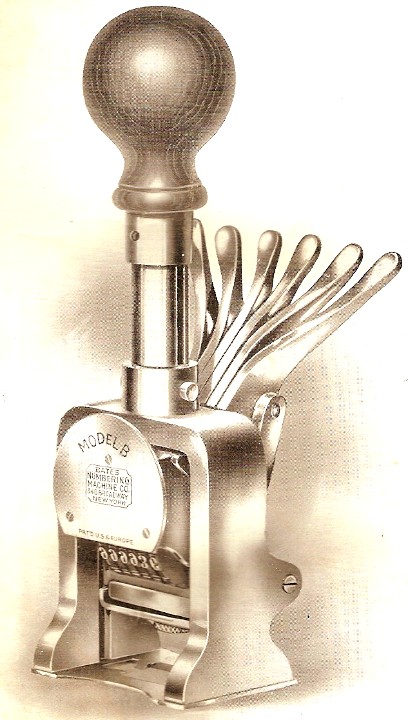
Making the Library Legible
Turning machine-readable books into machine-read books for classification.
Humans have rich, fuzzy understandings with allowance for uncertainty.
Computers force things into lifeless abstractions.
Humans, have rich, fuzzy understandings with allowance for uncertainty.
Bureaucracies force things into lifeless abstractions.
Computers (nowadays) have fairly rich, fuzzy understandings with allowance for uncertainty.
Prediction: Short, computer-readable embeddings of collections items will be an increasingly important shared resource for non-consumptive digital scholarship.
Rather than full text, a new method I’m calling “Stable Random Projection”:
- Turn each book into 1280 numbers based on words
- Random projection of log-word counts.
- Unlike other dimensionality reductions, can work on all languages simultaneously.
Reproducing Classifications
Classifier suites:
Re-usable batch training code in TensorFlow.
One-hidden-layer neural networks can help transfer metadata between corpora.
Protocol: 90% training, 5% validation, 5% test.
Books only (no serials).
All languages at once.
Classifiers trained on Hathi metadata can predict:
- Language
- Authorship on top 1,000 authors with > 95% accuracy. (Too good to be true)
- Presence of multiple subject heading components (eg: ‘650z: Canada– Quebec – Montreal’) with ~50% precision and ~30% recall.
- Year of publication for books with median errors ~ 4 years.
Library of Congress Classification
- Shelf locations of books.
- Widely used by research libraries in United States.
- ~220 “subclasses” at first level of resolution.
| Instances | Class name (randomly sampled from full population) |
|---|---|
| 461 | AI [Periodical] Indexes |
| 6986 | BD Speculative philosophy |
| 9311 | BJ Ethics |
| 40335 | DC [History of] France - Andorra - Monaco |
| 2738 | DJ [History of the] Netherlands (Holland) |
| 14928 | G GEOGRAPHY. ANTHROPOLOGY. RECREATION [General class] |
| 17353 | HN Social history and conditions. Social problems. Social reform |
| 4703 | JV Colonies and colonization. Emigration and immigration. International migration |
| 23 | KB Religious law in general. Comparative religious law. Jurisprudence |
| 5583 | LD [Education:] Individual institutions - United States |
| 3496 | NX Arts in general |
| 6222 | PF West Germanic languages |
| 68144 | PG Slavic languages and literatures. Baltic languages. Albanian language |
| 157246 | PQ French literature - Italian literature - Spanish literature - Portuguese literature |
| 6863 | RJ Pediatrics |
Chihuahua or Muffin
Misclassifications
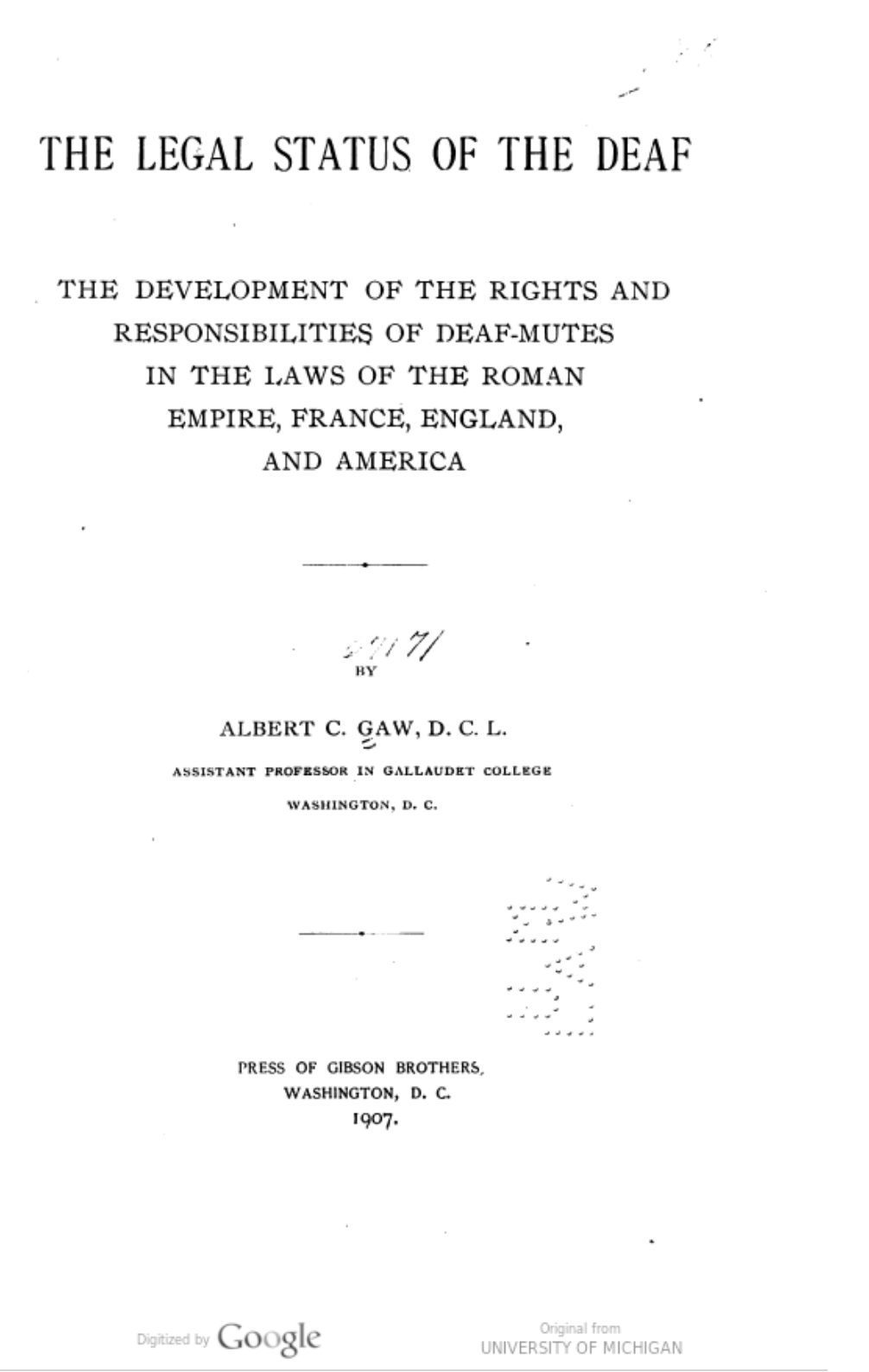
- Actual: HV: Social and Public Welfare/Criminology -> Welfare -> Protection, Assistance, Relief -> Special classes.
- Algorithm: US Law.
Misclassifications: mdp.39015005002905

- Actual LC Classification According to Hathi: AC 277 (Undefined)
- Algorithm: DC (French History)
- Shelf Location in Michigan: HC 277 (Economic History, France)
Misclassifications: uva.x000423222
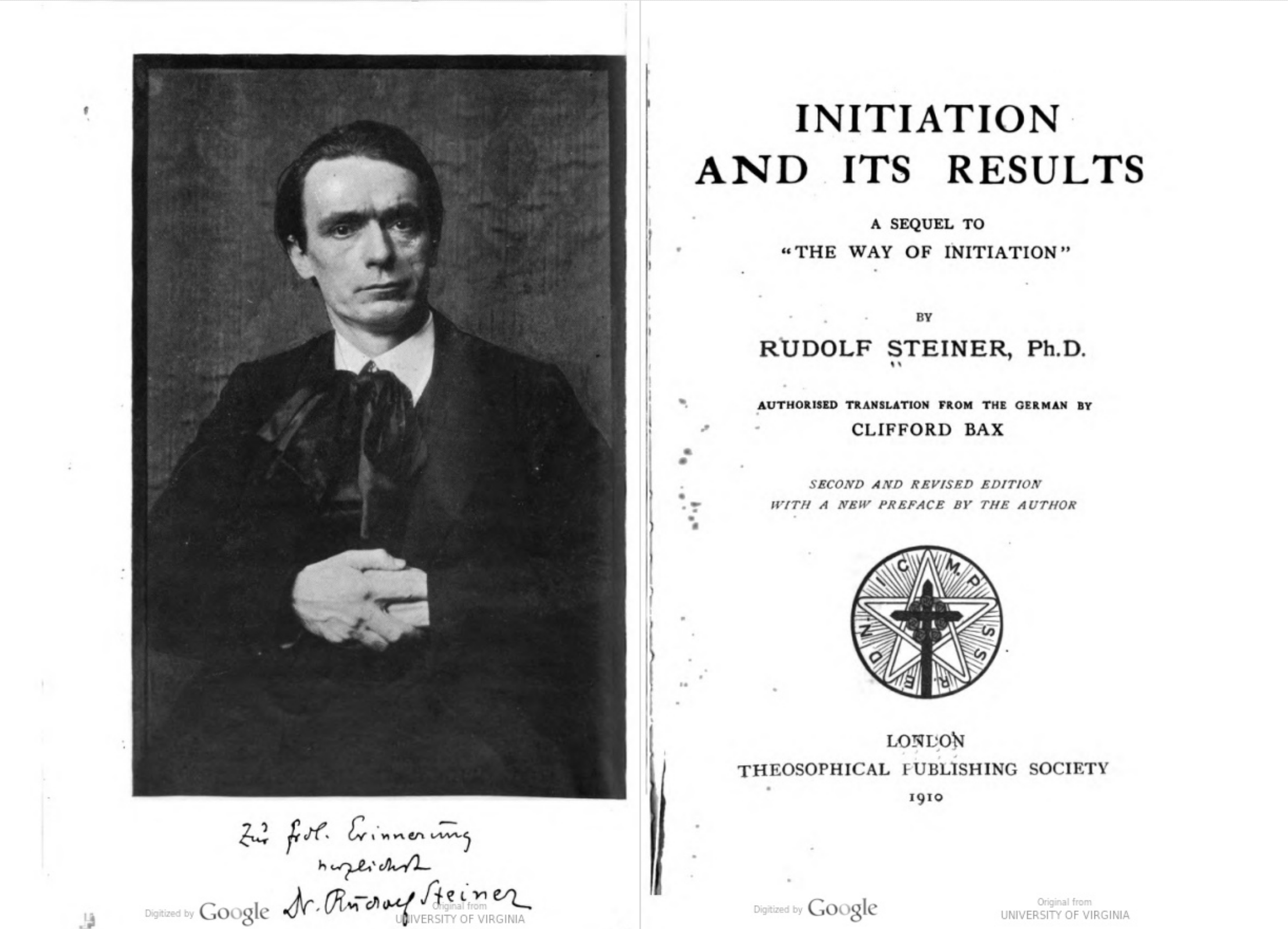
- Actual LC Classification: BF1613 Magic (White and Black). Occult Sciences -> Shamanism. Hermetics. Necromancy -> General Works, German, post-1800
- Algorithm: BP: Theosophy, etc. BP595: Works by and about Rudolf Steiner.
Misclassifications
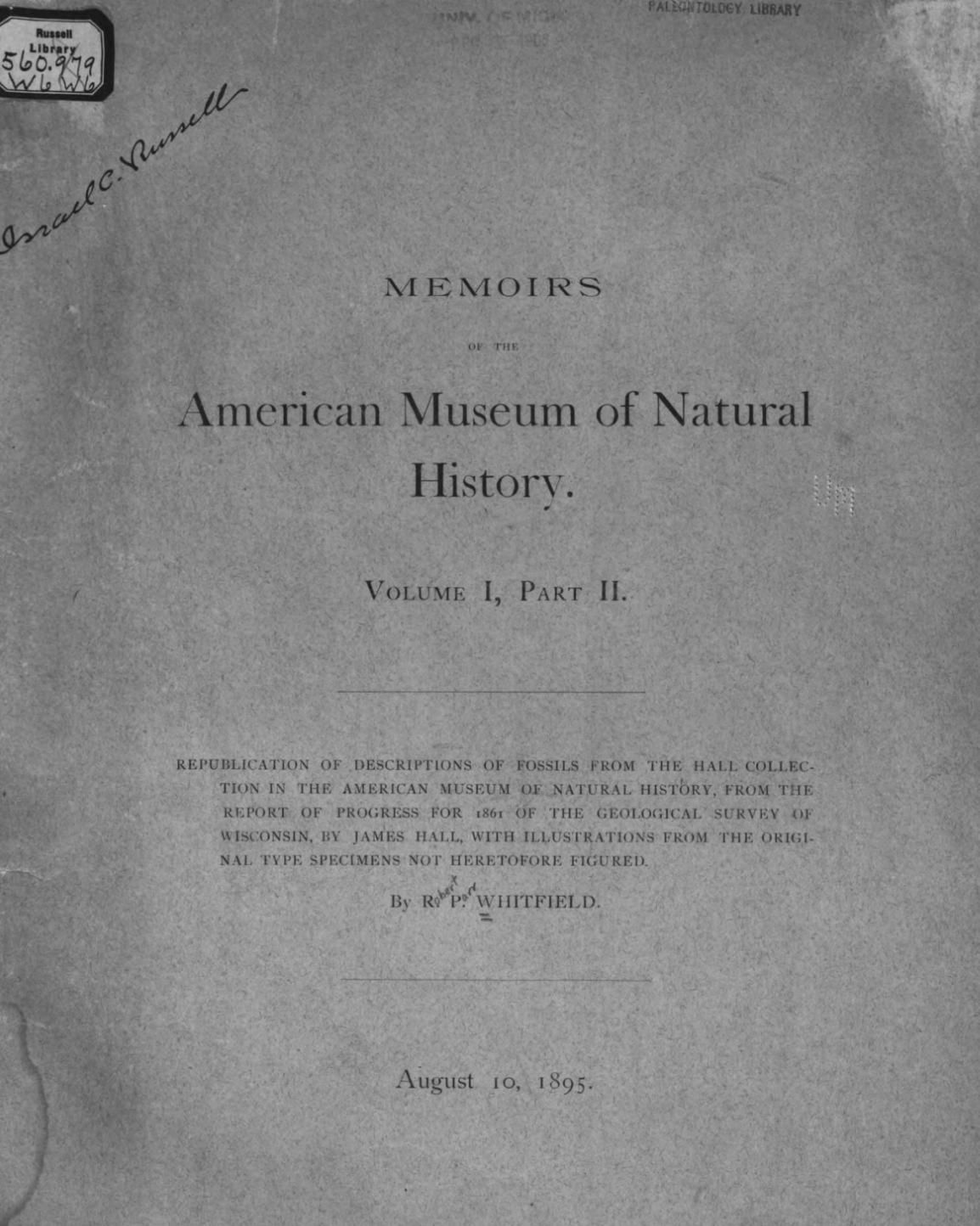
- Actual LC Classification: QH1.A43 (Natural History)
- Algorithm: QE (Geology)
Actual LC Classification: QB63.B5 1927
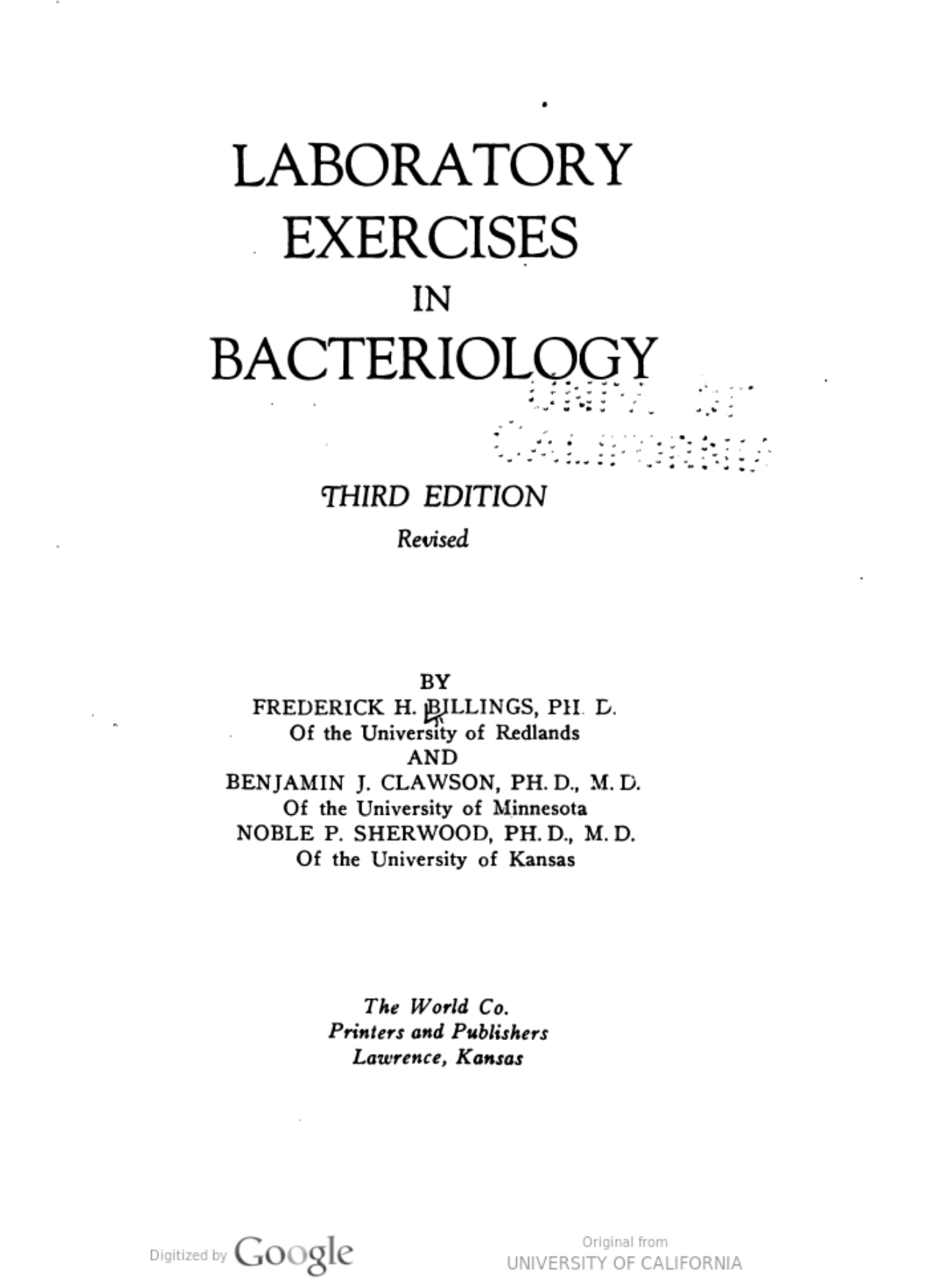
- QB 63: Astronomy -> Stargazer’s guides.
- QR 63: Microbiology -> Laboratory manuals
<record>
<leader>00820nam a22002291 4500</leader>
<controlfield tag="001">006496938</controlfield>
<controlfield tag="003">MiAaHDL</controlfield>
<controlfield tag="005">20130926000000.0</controlfield>
<controlfield tag="006">m d </controlfield>
<controlfield tag="007">cr bn ---auaua</controlfield>
<controlfield tag="008">880505s1927 ksu 00110 eng </controlfield>
<datafield tag="010" ind1=" " ind2=" ">
<subfield code="a"> 27024000</subfield>
</datafield>
<datafield tag="035" ind1=" " ind2=" ">
<subfield code="a">sdr-nrlfGLAD17073443-B</subfield>
</datafield>
<datafield tag="035" ind1=" " ind2=" ">
<subfield code="a">(OCoLC)6046903</subfield>
</datafield>
<datafield tag="040" ind1=" " ind2=" ">
<subfield code="a">DLC</subfield>
<subfield code="c">OKN</subfield>
<subfield code="d">CUY</subfield>
<subfield code="d">ZEPHIR</subfield>
</datafield>
<datafield tag="050" ind1="0" ind2=" ">
<subfield code="a">QB63</subfield>
<subfield code="b">.B5 1927</subfield>
</datafield>
<datafield tag="090" ind1=" " ind2=" ">
<subfield code="a"> QR63</subfield>
<subfield code="b">.B5</subfield>
</datafield>
(etc...)Actual LC Classification: QB63.B5 1927
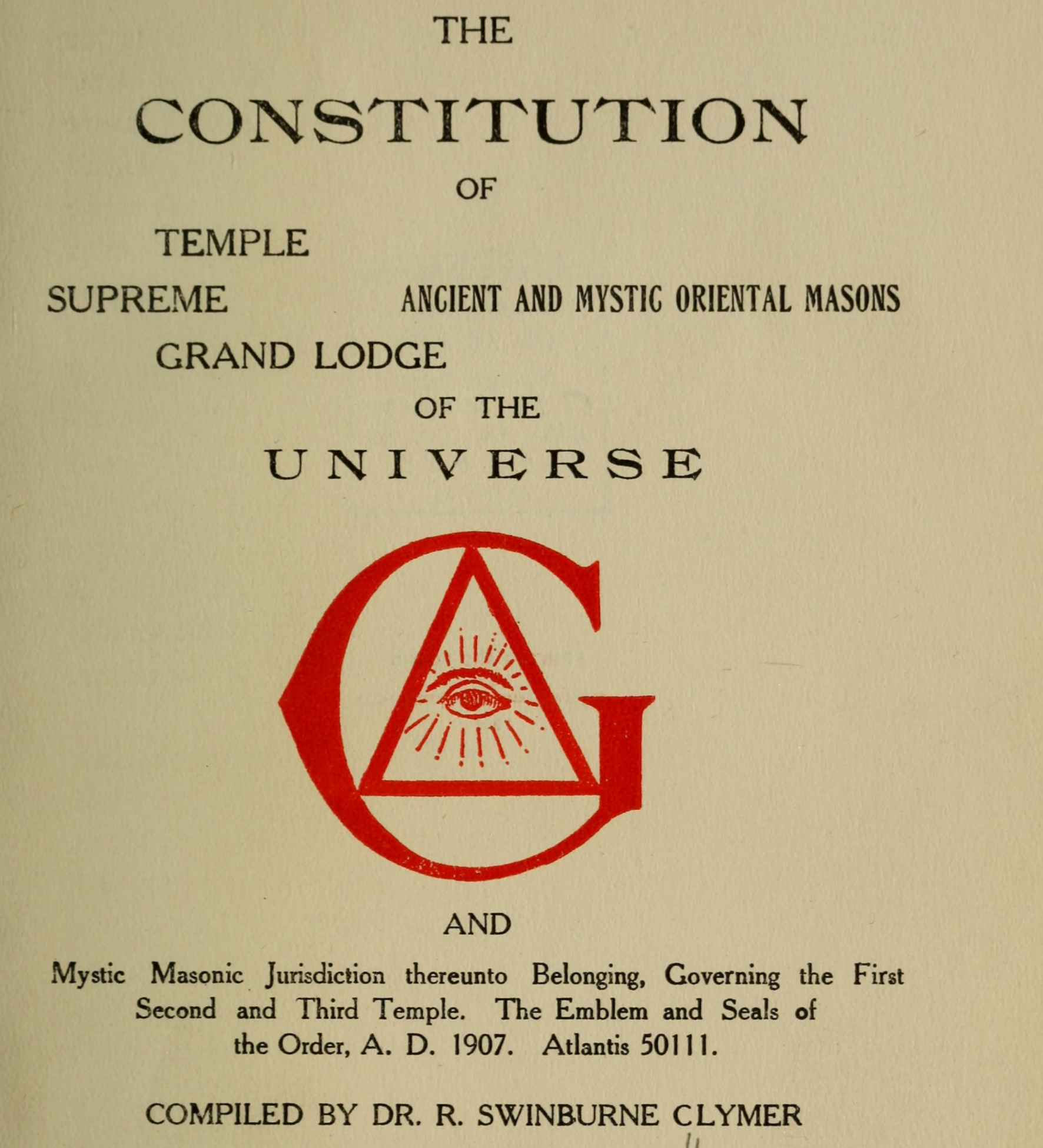
- BF 1611: Magic (White and Black). Shamanism. Hermetics. Necromancy -> General Works
- Algorithm Says: HS
- HS445.A2: Freemasons -> Masonic Law -> By Region or Country -> United States -> By State -> Constitutions.
Classifier online.
Fissures in classification
Can one speak meaningfully of the naturalness of a classifier?
Is there something to be gained from preserving old hierarchical schemes against the flexible schemes that have replaced them?
Is it OK to work with the digital library before we understand what’s in it?